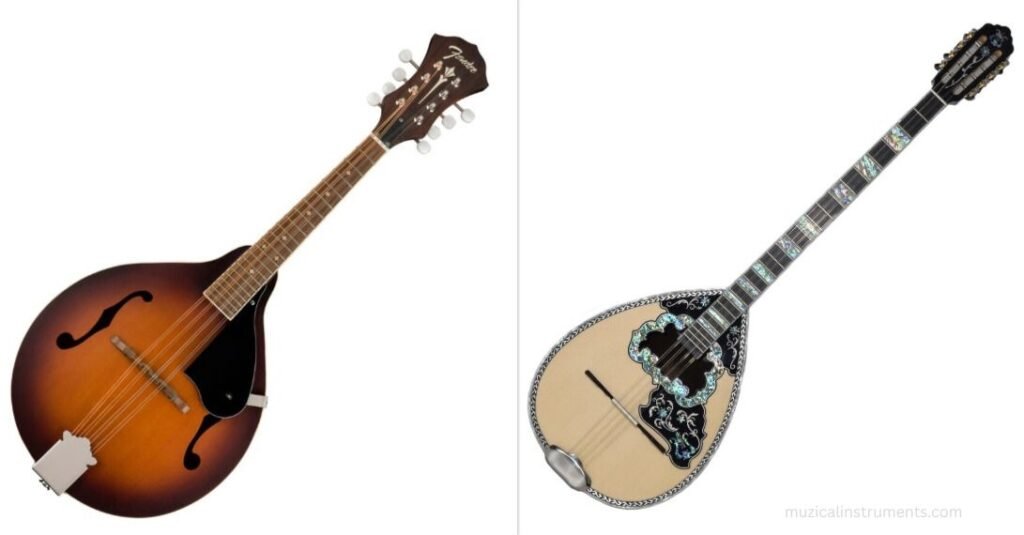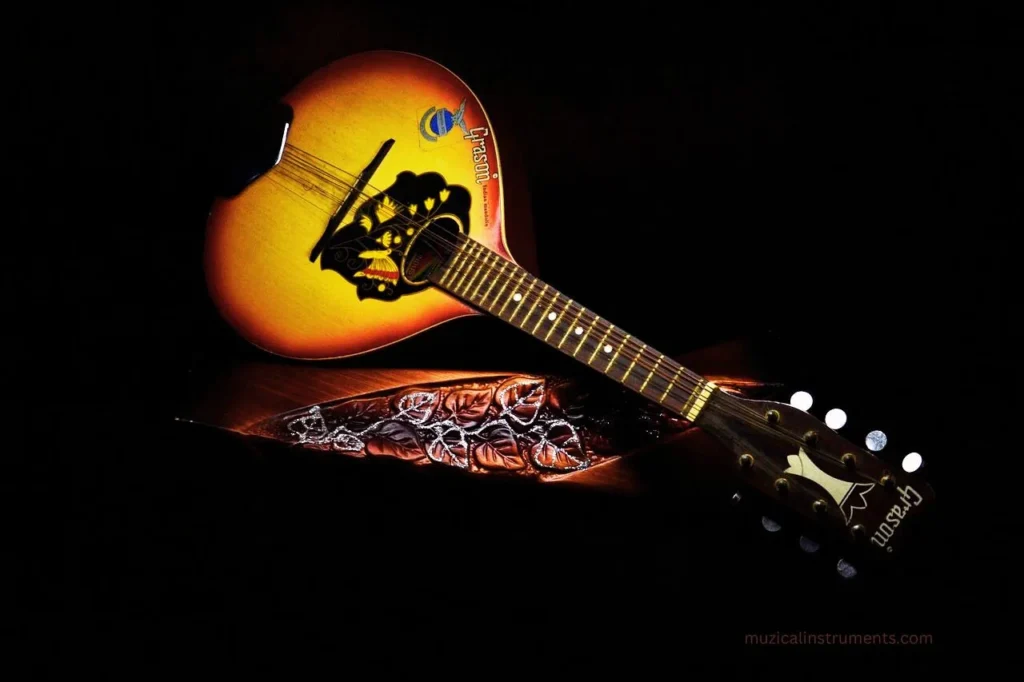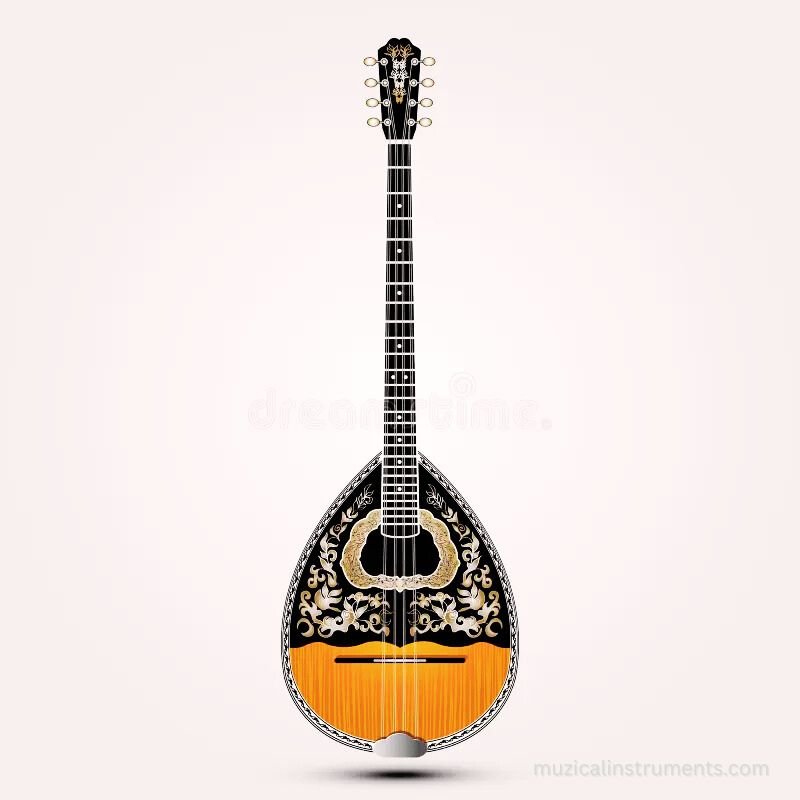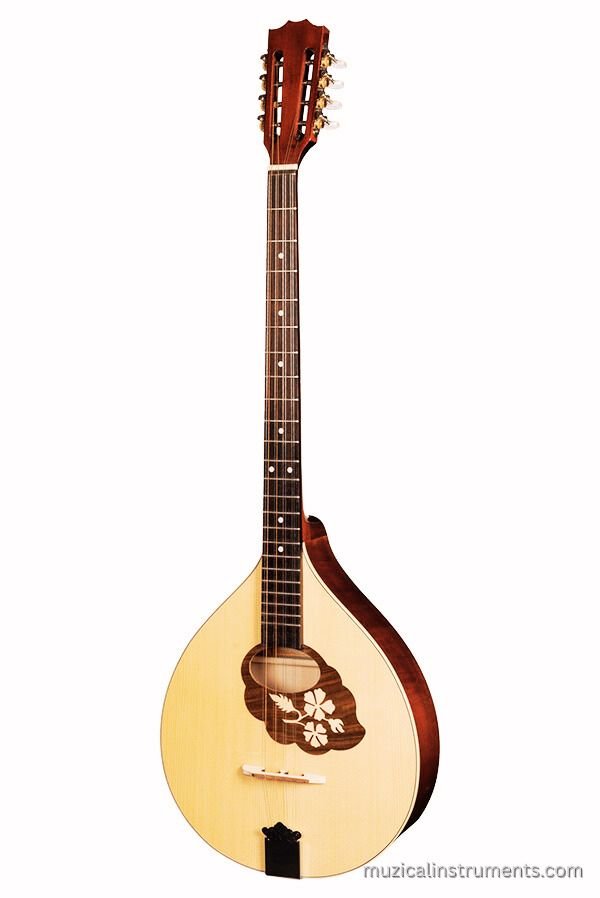Difference Between Mandolin and Bouzouki: A Beginner’s Guide
The real difference between mandolin and bouzouki is how they feel, sound, and play.
The mandolin is small. It has 8 strings in 4 pairs, tuned like a violin (G-D-A-E). The sound is bright and sharp. You can hear it in bluegrass, folk, and classical music. It plays quick notes and leads the tune.
The bouzouki is bigger. It has a longer neck. It can have 6 or 8 strings. It’s tuned G-D-A-D or C-F-A-D. The sound is deep and rich. You’ll hear it in Irish folk, Celtic, and Greek Rebetiko. It’s great for rhythm and backing.
So which one fits you?
Want fast, bright melodies? Go for the mandolin.
Want warm, bold chords? Pick the bouzouki.
Let’s look closer and help you choose the one that feels just right.
What Are These Instruments, Really?

Let’s keep it simple.
The mandolin is a small string instrument. It looks a bit like a mini guitar. But it sounds very different. It has eight strings, in four pairs. When you play one pair, both strings ring together. That gives it a bright, ringing sound. Think of fast, high notes. Like birds singing.
The bouzouki is bigger. It also has eight strings, sometimes six. But the body is longer. The neck is longer too. That means you can play lower, deeper notes. The bouzouki comes in two main types: the Greek bouzouki and the Irish bouzouki. One is loud and metallic. The other is soft and warm.
Both are part of the string family. Both can steal the show. But they play very different roles in music. One leads. One supports.
So when you hold one, ask yourself do you want to fly high, or hold the ground?
Strings, Shape & Tuning: Spot the Difference Between Mandolin and Bouzouki
Let’s break down the difference between Mandolin and Bouzouki.
The mandolin has 8 strings, in 4 pairs. Each pair is close together. You press them like one. It’s tuned just like a violin: G-D-A-E. That makes it easy for fast picking and high notes.
The bouzouki can have 8 strings too. But it’s not the same. It’s often tuned G-D-A-D or C-F-A-D. That gives it a deeper sound. The strings are longer. The space between frets is bigger. So your fingers need to stretch more.
Now look at size.
The mandolin is small. You can hold it close. Easy to carry. The scale length is about 13 inches.
The bouzouki is big. It has a long neck. The scale is around 24 to 27 inches. That’s almost double! It feels more like a guitar when you hold it.
In short:
- Mandolin = tight, small, quick
- Bouzouki = wide, long, deep
Now you know how they’re built and why they sound so different.
Sound Check: How Do They Really Sound?

Close your eyes. Let’s hear them.
The mandolin is sharp. Bright. It cuts through the air like a bird call. Every note is short and quick. It’s made for melody. For solos. For fast runs. In a band, it’s the voice that sings on top.
Now, the bouzouki? That’s a whole different vibe. It’s deep. Warm. The notes ring out and stay. You feel them in your chest. The bouzouki fills space. It makes the rhythm strong. It gives the music a base to stand on.
The Greek bouzouki sounds bright and metallic. It’s great for fast, bold picking. The Irish bouzouki is softer, with a sweet and hollow tone. It’s perfect for backing up singers or other instruments.
In short:
- Mandolin: light, sharp, quick
- Bouzouki: deep, rich, smooth
Each has its own sound. One flies. One flows.
Now ask yourself what do you want your music to feel like?
Genre Fit: Where Does Each One Belong?
Every instrument has a home. Let’s find yours.
The mandolin lives in bluegrass. It shines in folk, too. You’ll also hear it in classical music. Even some rock bands use it for flavor. It plays fast. It stands out. If you want to play leads or quick tunes, the mandolin fits.


The bouzouki has two homes, Greece and Ireland.
The Greek bouzouki is bold and flashy. You’ll hear it in Rebetiko music, a style full of passion and dance.
The Irish bouzouki is gentler. It’s key in Celtic music and traditional Irish folk. It backs singers and fiddles. It adds color and depth.
Think of it this way:
- Love fast picking, bluegrass jams, or old-time tunes? Go mandolin.
- Love Irish sessions, story songs, or folk rhythms? Go bouzouki.
You don’t just play music. You play a feeling.
Choose the one that matches your sound.
Playability: Which One Feels Better for You?
Let’s talk about your hands.
The mandolin is small. It fits close to your body. The frets are tight. Your fingers don’t need to stretch much. But there’s a catch, the strings are close together. You need to press just right. If your hands are small or you like fast, light playing, the mandolin may feel just right.
The bouzouki is big. The neck is long. The frets are far apart. You’ll stretch more. But the space gives your fingers room to move. If you’ve played guitar before, the bouzouki might feel more natural.
Now think about strength.
- Mandolin strings need more pressure.
- Bouzouki strings can feel looser, depending on the tuning.
And yes, the mandolin is lighter to carry. Easier to travel with.
The bouzouki is larger and may need a strap when you play standing up.
So here’s the deal:
- Small hands? Try mandolin.
- Big reach? Try bouzouki.
- Like fast solos? Go mandolin.
- Like smooth chords? Go bouzouki.
Feel matters. Your hands will know what’s right.
What Should You Pick? (Quick Guide)
Still not sure? Let’s make it super clear.
| What You Want | Pick This |
|---|---|
| Bright, sharp sound | Mandolin |
| Deep, rich tone | Bouzouki |
| Fast solos and lead playing | Mandolin |
| Smooth chords and rhythm | Bouzouki |
| Bluegrass or classical style | Mandolin |
| Irish or Greek folk music | Bouzouki |
| Small, light, easy to carry | Mandolin |
| Big body, longer neck | Bouzouki |
| Short fingers or smaller hands | Mandolin |
| Guitar-like feel | Bouzouki |
No guesswork now. You’ve seen the real difference between mandolin and bouzouki. One’s made to sing. One’s made to flow.
Pick the one that fits your music. Your hands. Your heart.
Looking for a compact folk instrument to carry around? Check out this good travel banjo made for players on the go.
FAQ
1. Is the mandolin easier to play than the bouzouki?
It depends on your hands! The mandolin is smaller and lighter, so it can be easier for those with smaller hands or who want to play fast, sharp notes. The bouzouki is bigger and has a longer neck, which may take more time to get used to, but if you’ve played guitar before, it might feel more natural.
2. Can I play both instruments in the same style of music?
Yes! The mandolin is great for bluegrass, classical, and folk. The bouzouki shines in Irish and Greek folk music. But both can play many styles! It’s all about how you use them.
3. Which one is better for beginners?
If you’re just starting out, the mandolin might be easier to pick up because of its small size and faster learning curve. But if you’re comfortable with guitar or want to play more rhythm-based music, the bouzouki could feel more natural.
4. Do the mandolin and bouzouki sound the same?
No, they sound very different! The mandolin has a bright, sharp, cutting sound, perfect for fast picking. The bouzouki has a deep, rich, warm tone that’s great for playing rhythm and backing.
5. Can I use a mandolin or bouzouki in a band?
Absolutely! The mandolin will stand out with its high, bright notes, perfect for solos and lead parts. The bouzouki is fantastic for supporting the rest of the band, giving it depth and warmth.
6. What’s the main difference between the Greek bouzouki and the Irish bouzouki?
The Greek bouzouki has a more metallic, sharp tone and is used in Rebetiko music. The Irish bouzouki has a softer, fuller sound, often used to back up Irish folk music.
Final Notes: Your Music, Your Choice
Now you know the real difference between mandolin and bouzouki. It’s not just size or strings. It’s about the sound you want. The feel in your hands. The style you love.
There’s no wrong choice. Both are beautiful. Both can shine.
But only one will feel like home to you.
So pick it up. Play it. Let it speak.
Your music starts here.
